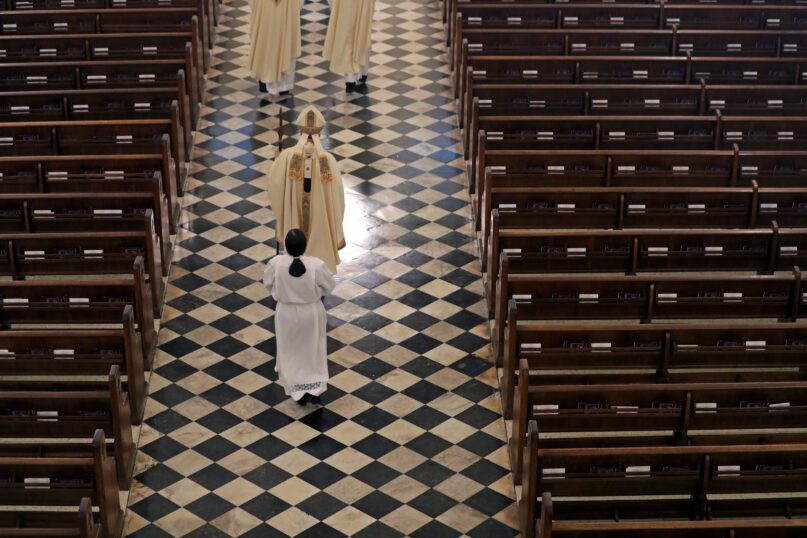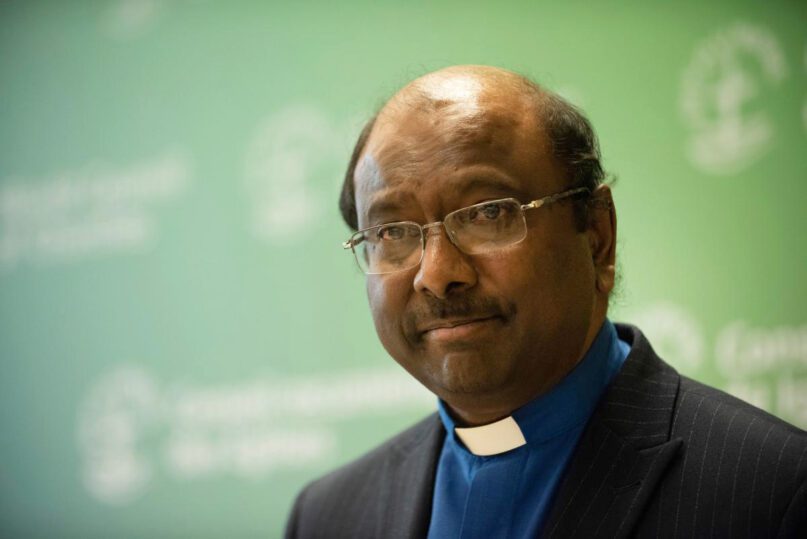Richard Sudan
June 28, 2022

Man holds gun in front of US flag (Shutterstock.com)
This article was paid for by Raw Story subscribers. Not a subscriber? Try us and go ad-free for $1. Prefer to give a one-time tip? Click here.
The Buffalo and Uvalde massacres shocked the nation and have rightly reinvigorated the debate around tighter gun laws and gun controls.
But the problem isn’t just easy access to guns.
It’s the sheer number of them.
The United States is a country in which there are more guns than people. A 2018 study called The Small Arms Survey revealed that approximately 1 billion firearms were in global circulation. Of that number, 857 million were thought to be in civilian hands, with 393 million alone estimated to be in the hands of American civilians.
That number exceeds the country’s total population.
And that’s surely an undercount. The Small Arms Survey was conducted nearly half a decade ago. Who knows how many more weapons there are in circulation, including semiautomatic rifles?
While it might be tempting to see mass shootings solely through the lens of easy access to guns, it doesn’t explain the whole problem.
While the US leads the world in the number of guns in circulation (other nations don’t come close), the fact remains that many countries still do have huge numbers of guns in circulation.
Second to the US is India with more than 70 million. China is third with almost 50 million. You’d think such numbers would create conditions for mass shootings in those nations as in America, but that’s wrong.
That’s why the world is side-eyeing America.
Now, some people have attempted to explain mass shootings by pointing to what they argue is an inherently violent culture in the US.
To some extent this is true.
But at the same time, the US does not have a monopoly on violence.
India is run by an increasingly authoritarian regime with almost daily videos emerging that show deadly, violent and brutal crackdowns on Indian Muslims. But there are no mass shootings. Not like in the US. The same can be said of China despite its many, many problems.
Mass shootings do seem to be an American phenomenon.
Ted Cruz was recently cornered by a British journalist and asked to explain why the shootings seem to take place only in America. Cruz ducked the question by accusing the reporter of playing politics.
Cruz could have been honest. He could have said easy accessibility is a serious issue - and he’d have been right. He could have said the violent defense of white supremacy’ is the cause – and he’d have been right.
Because the thing that distinguishes the US from other countries is not simply its longstanding love of guns – other countries have an abundance of love, too – but the relationship with white supremacy.
It’s unclear how many mass shooters are white men, particularly young white men, who are motivated by some kind of white supremacist ideology. But some of the most high-profile mass shootings were certainly committed by men who fit that description. The shootings seem to be in line with the rise in hate crimes generally.
Naysayers will point to mass shootings committed by nonwhite men but how many of those were motivated by a racist ideology?
And how many such individuals are out there? Authorities are struggling to keep tabs. High profile cases where perpetrators openly identify with white supremacist ideology make headlines.
But we also know that not every white supremacist publishes a manifesto or has a swastika on their chest. The true number of white supremacists, incubating online, plotting the next massacre, might never be known. But one thing is certain. The number is growing.
Former federal agents have blown the whistle many times, warning of the growing number of white supremacist groups in the US, and of the corruption of law enforcement by white supremacist groups.
Director of the FBI Christopher Wray has spoken of how white supremacy is the fastest growing form of domestic terrorism.
Joe Biden echoed as much when he claimed domestic terrorism from white supremacists is the most lethal terrorist threat in the nation.
It’s not hard to join the dots.
Hate crimes are on the rise.
Mass shootings are on the rise.
White supremacy is on the rise
I believe that over time, the link between a surge in mass shootings and the growth of white supremacy will become ever clearer.
But those in power must not sit on their hands and wait for more carnage to get to grips with the problem. There’s no time for thoughts and prayers. Faith without works is dead, as the saying goes.
It won’t be possible overnight, and it may not even be possible, but white supremacy is the most important issue facing America. The past will continue to haunt the present unless a new course is charted.
Sections of the media, often framing young white men, who have internalized white supremacist ideology to the point that they want to murder, as misguided youth who went off the rails is as stupid as presenting Azov (Ukrainian neo-Nazis) as freedom fighters.
The United States has the most firearms in circulation in the entire world. I would bet too, that it is also home to the greatest number of white supremacists in the world. That’s a lethal combination.
Richard Sudan covers human rights and American foreign affairs. Based in London, his reporting has appeared in The Guardian, Independent and others. Find him @richardsudan.











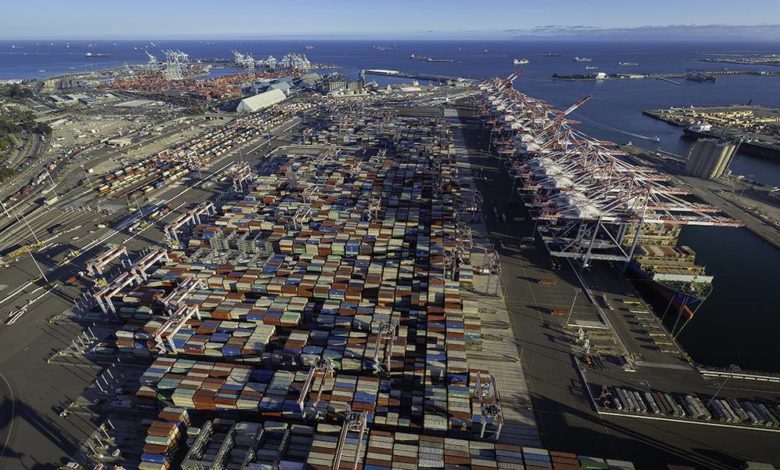
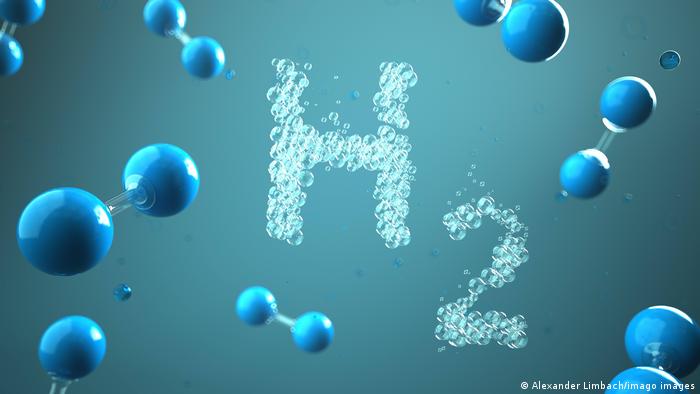
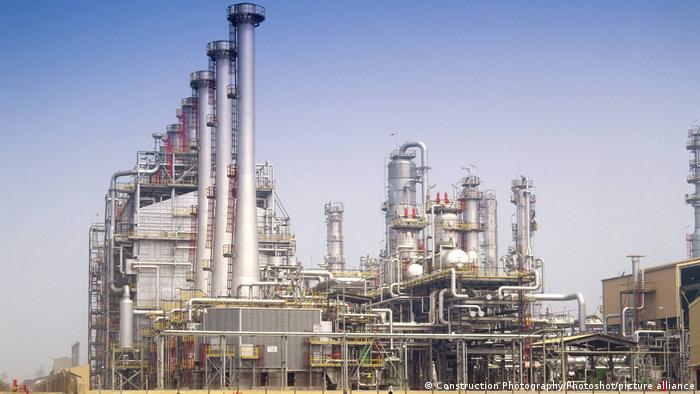
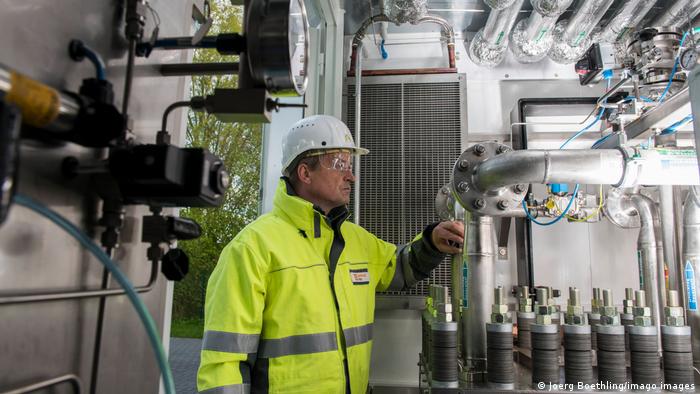
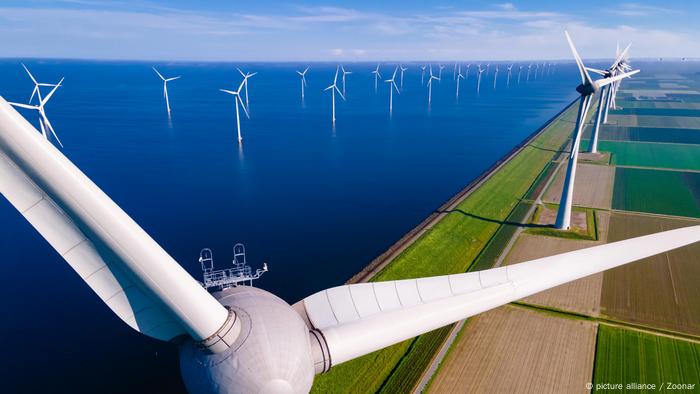 \
\